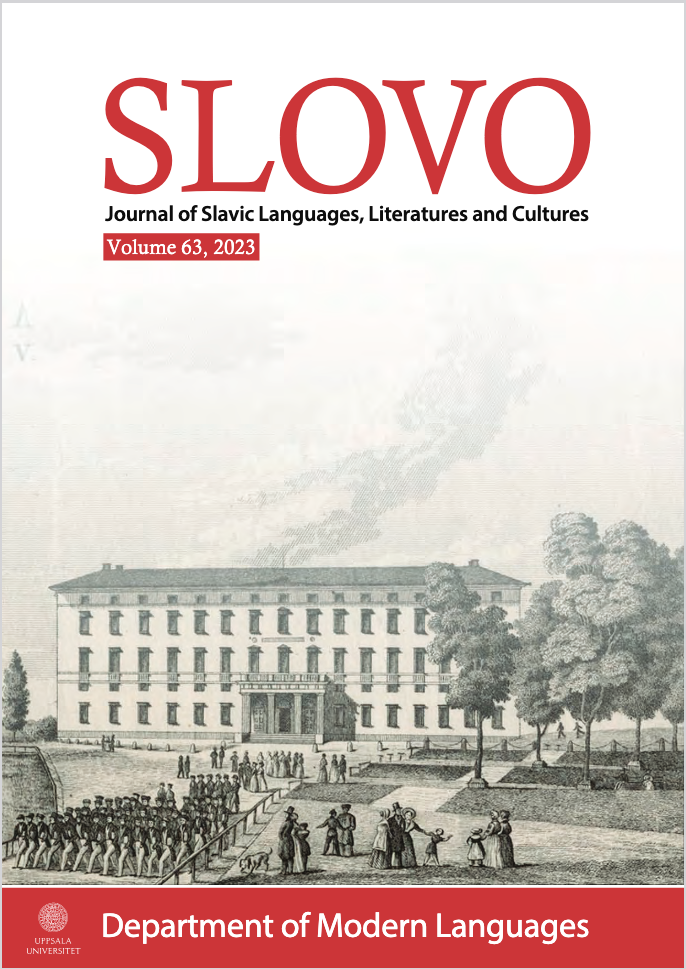From machine learning to classroom learning:
mobile vowels and the Russian preposition v ‘in(to)’
DOI:
https://doi.org/10.33063/slovo.v63i.730Abstract
The present study reports on a machine learning experiment concerning mobile vowels in the Russian preposition v ‘in(to)’. It is shown that a neural network is able to predict mobile vowels in 97.4% of the cases in our dataset, and a decision tree is used to extract a set of three rules that a language learner can use to achieve nearly the same level of accuracy. We argue that these rules are valuable from the perspective of language pedagogy, but that some adjustments are necessary in order to make the rules simpler and more precise. Our study lends support to earlier analyses which emphasize the capacity of mobile vowels to prevent sequences of identical segments. We advance the Word Onset Hierarchy, which enables u s to evaluate the relative importance of phonological features for mobile vowels and highlights the gradient and asymmetric nature of mobile vowels. It is suggested that machine learning represents a valuable tool for language pedagogy, not only for mobile vowels, but also for other areas of Russian grammar that are challenging for students of Russian as a foreign language.




